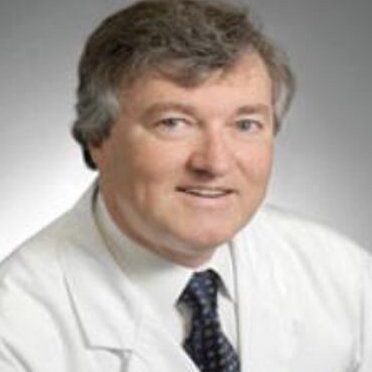Article
Comorbid Psoriatic Arthritis May Influence Benefit of Psoriasis Biologics
Author(s):
A comparative trial of biologic agents suggest IL-17A inhibitors may more significantly improve skin clearance in comorbid patients.
Charles Lynde, MD

Comorbid psoriatic arthritis may influence clinical response to biologic therapy among patients with plaque psoriasis, according to new findings.
In data from a non-interventional trial, a team of international investigators found that 7 subgroups of patients with psoriasis treated with varying pathway-targeting biologics actually reported similar response rates to that of the overall treatment cohort—indicating a similar rate of efficacy across biologic agents. However, patients with comorbid psoriatic arthritis had up to 10% lowered treatment response rates.
Led by Charles Lynde, MD, associate professor of medicine at the University of Toronto, investigators sought to interpret direct, real-world comparative effectiveness data between interleukin 17A (IL-17A) inhibitors relative to other biologic agents approved for the treatment of psoriasis across 7 clinically relevant patient subgroups.
The Psoriasis Study of Health Outcomes (PSoHO) trial had provided 12-week results showing early onset skin clearance and significant efficacy of IL-17A inhibitors as observed in randomized controlled trials did correlate to their real-world outcomes compared to other biologics. This new analysis included the following patient subgroups:
- Sex
- Age (<65 vs ≥65 years)
- Body mass index (BMI; ≤30 vs >30 kg/m2)
- Race (White vs Asian)
- Psoriasis disease duration (<15 vs ≥15 years)
- Psoriatic arthritis comorbidity
- Prior biologic use
Investigators presented pairwise comparisons for ixekizumab versus secukinumab, guselkumab, risankizumab, adalimumab, and ustekinuab. The enrolled population included 1981 patients.
Just 9% of patients were ≥65 years old; 47.1% had been diagnosed with psoriasis for ≤15 years; nearly two-thirds (64.3%) were biologic-naïve at baseline. At baseline, 39% initiated an IL-17A inhibitor biologic, versus 61% initiating another biologic. The lone patient profile differences across the 2 treatment arms were there being more patients ≥65 years old receiving IL-17A inhibitors (11.5% vs 7.5%) and more with psoriatic arthritis (29.4% vs 19.4%).
Lynde and colleagues noted that, overall, patients receiving IL-17A inhibitors had significantly greater odds of achieving the primary endpoints of sPGA 0 or 1 and/or PASI 90, as well as PASI 100, at week 12.
Patients in each of the 7 subgroups achieved consistent treatment response rates at 12 weeks—save for patients with comorbid psoriatic arthritis who were treated with biologics. This population reported 7 – 10% lower response rates to the primary endpoint.
Indeed, the cohort of patients with comorbid psoriatic arthritis receiving IL-17A inhibitors were 4-fold more likely to achieve PASI 100 than the other biologics cohort (OR, 4.0; 95% CI, 2.5 – 6.5). “Further stratification showed that patients with PsA in either treatment cohort (but not in all individual biologics) had lower unadjusted response rates when biologic-experienced compared to biologic-naïve,” investigators added.
The team concluded that, despite evidence of varying clinical outcomes among patients with moderate-to-severe psoriasis, the PSoHO findings indicated a relative consistency among biologic agents regardless of most patient demographics and disease characteristics.
“Of note, our results indicate that the presence of comorbid PsA may affect a patient’s clinical response to some treatments and that these patients have significantly higher odds of achieving skin clearance at week 12 with anti-IL-17A biologics compared to other biologics,” they wrote.
The study, “Comparative Effectiveness of Biologics Across Subgroups of Patients with Moderate-to-Severe Plaque Psoriasis: Results at Week 12 from the PSoHO Study in a Real-World Setting,” was published online in Advances in Therapy.





